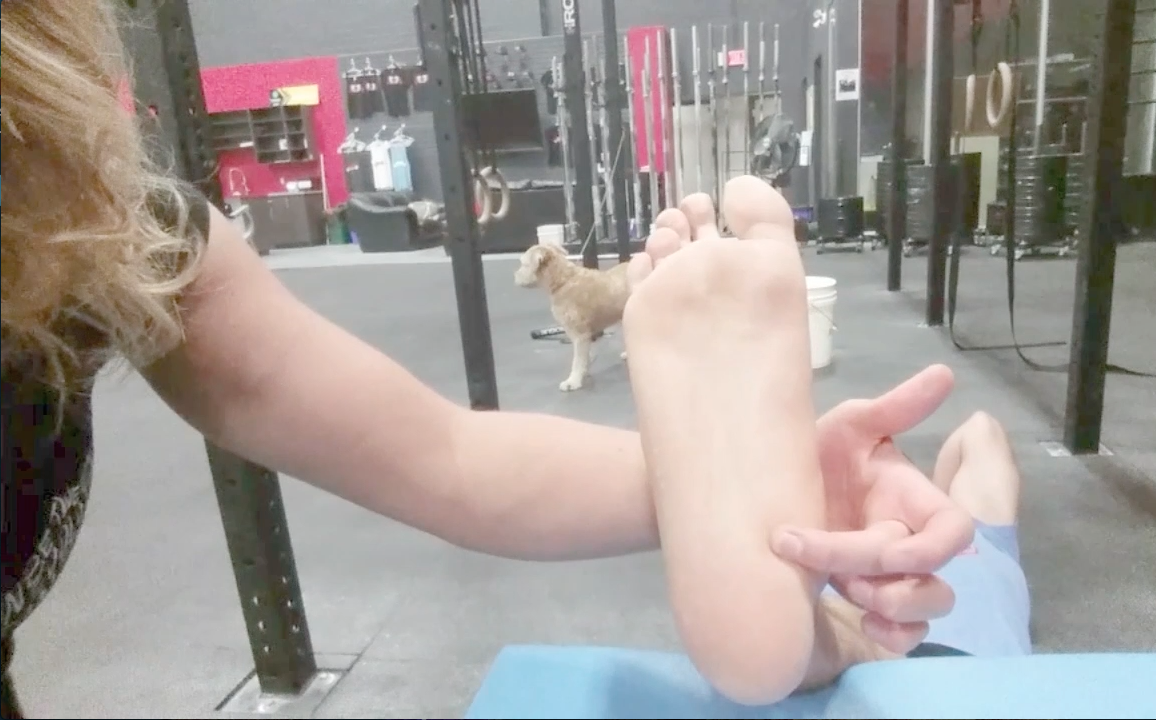
“After nourishment, shelter, and Companionship, stories are the thing we need most in the world”
— Philip Pullman

Physio In Your Pocket: Medial elbow pain with kettlebells
Today on Physio In Your Pocket, my Guest, Coach Dave Anderka, explains some late stage rehab/ return to sport exercises for anyone recovering from a medial elbow injury with kettlebells.













Physio In Your Pocket: Rolling the Foot to Relieve Foot Pain during CrossFit
How to properly roll the foot to relieve foot pain or cramping from such injuries as plantar fasciitis.